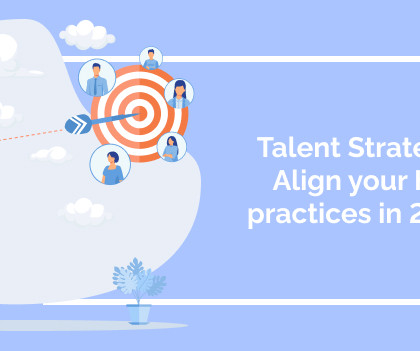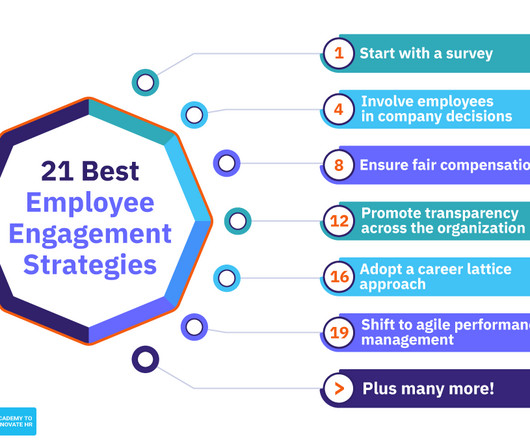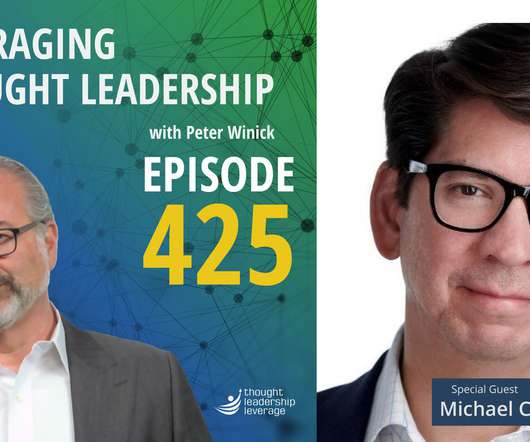6 Steps to create talent strategy
Walk Me
JULY 24, 2023
An effective talent strategy involves assessing the organization’s current and future talent needs, creating a positive and inclusive work culture, providing opportunities for professional growth and development, and implementing performance management systems that reward high performers. What is a talent strategy?














Let's personalize your content